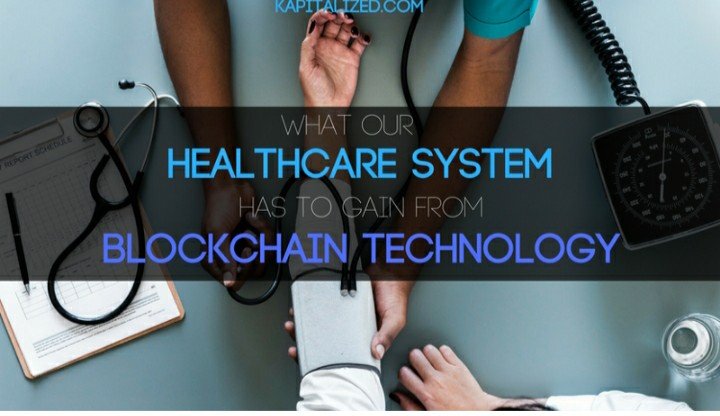
Demand for continuous improvement of existing methods of doing things has always been an inherent characteristic in the business world, but aspects of the public sector are sometimes known to embrace change and innovation. Healthcare is such an area where industry experts are always looking for ways to do more with less resources. Many of the first world countries with sociized medical care have to face the lack of funding and at least funding, new solutions are constantly being seen to improve the quality of patient care.
But does a nation's Healthcare system work on a more free market basis or a social system, which provides high quality care to its patients, is a major concern in the field of medicine. It is a commitment that has led some evangelists to determine blockcon technology as a possible solution to the health industry's diseases. Immediately after the creation of the first cryptocoaries, blockbuster technology was considered to be a major value compared to the convenience of transactions only. Regardless of the size of advanced analytics to deliver sensitive information safely, the Health Industry / Biotech / Pharma ecosystem is seeing one of them being blown in blockchane based technology offerings for different industries as well.
How Blockchain and Healthcare Work Together — A Primer
Depending on the open source software, blockchain technology has many advantages for the health care system, especially in relation to its IT and data aspects. Architectures behind this technology can easily access data from different systems without reliance on a centralized database of healthcare providers, while other benefits include scalability in terms of demand, data encryption, disaster recovery and underlying fault tolerance.
Overall, this means that the information flow within the healthcare industry will be safe, transparent (when necessary), and easy to reach. Patients, health care providers, and medical researchers in the area can choose from many application options and they can choose the options tailored to the options they are looking for. Everyone can access the same shared data source without waiting, from time to time, which can be collected from mobile devices, patient wearables, documents, EMR etc.